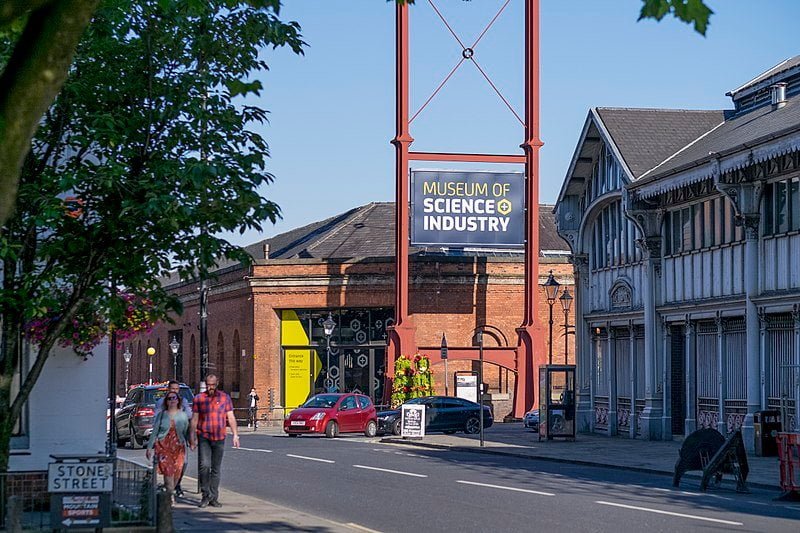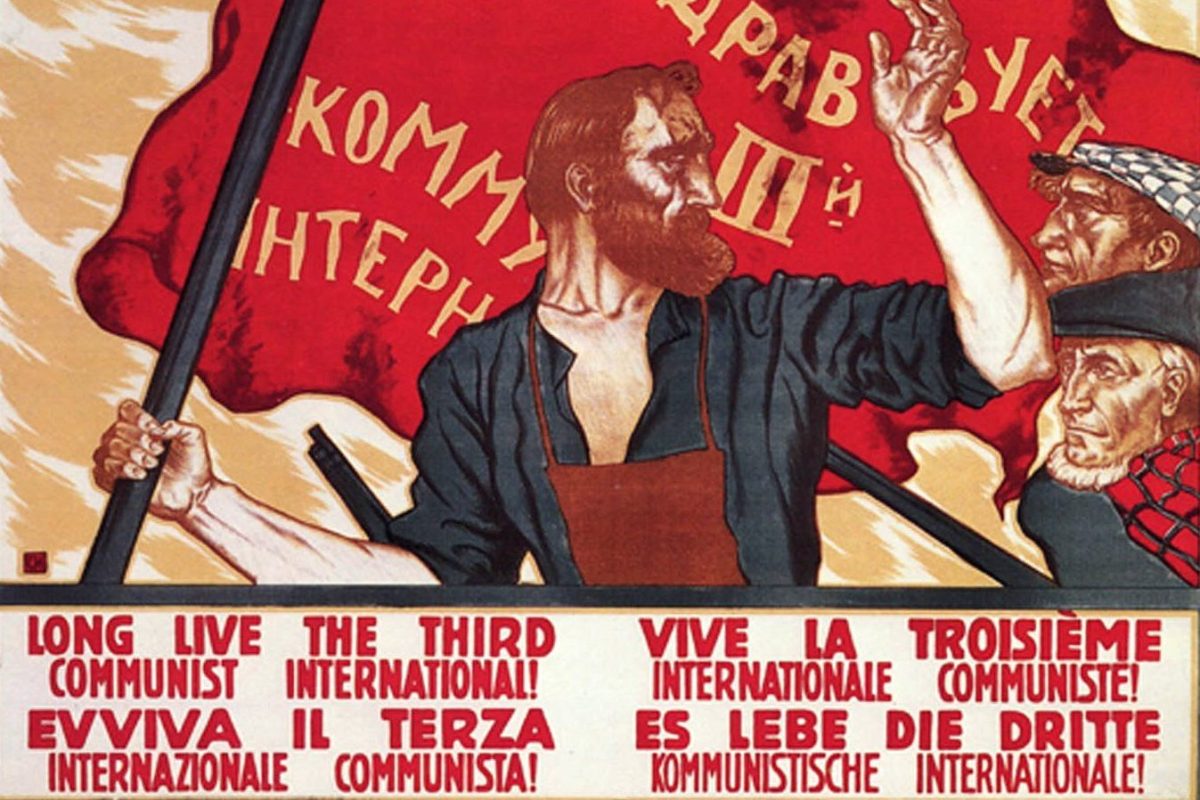The outcome of the military struggle was largely decided by the result of the Battle of Naseby in June 1645 but the war and the embryonic revolution continued. In Part Four we examine how a radical wing developed to the left of the Independents – who consisted of the more ‘moderate’ protestant elements on the Parliamentary side.
With the King no longer apparently posing a serious military threat and in custody although virtually continuing to run the royal business as usual, the Presbyterian supporters of Parliament mostly felt that they had achieved what they had set out to do. Many of them had done very well out of business ventures associated with the war and so they wanted a quick return to normality. By this they meant an end to further civil disruption so that they could enjoy an unrestricted exploitation of the mouth-watering commercial opportunities in prospect.
It was not to be. To their horror it seemed as if a Frankenstein’s monster had been created out of the war. The aspirations of tens of thousands of ordinary people had been raised as they gorged themselves on discussion of political and religious issues – the two were intertwined. A host of millennarian Christian groups, radical and even communistic sects sprung up. The people had been always told that changing history was something that only their ‘betters’ could do but now they saw that they could also make history. Encouraged by success against the King and the forces of reaction, they now wanted to move on to further change. Behind the demand for the creation of democratic rights was the belief that better economic and social conditions could be delivered by a Parliament more widely representative of the people. The Presbyterians for their part believed that the purpose of government was to safeguard property.
The rank-and-file of the New Model Army developed a very strong religious and political esprit de corps. Each of the regiments of which it was composed elected two representatives, known as ‘agitators’ to promote the views of the rank-and-file and these increasingly challenged not only the power of the King but also that of the Presbyterians. They attacked the narrow basis on which the House of Commons was elected and demanded annual parliaments, for example. They sent delegates to stir up the men in other regiments not within the New Model Army. They also despatched delegates to meet and discuss with radical elements throughout the country.
The most prominent radical democratic grouping was the Levellers. In simple terms the twin demands of the Levellers were freedom of conscience in religious matters and the inalienable right for citizens to choose the government they wanted. Such a government therefore owed its power to the people’s consent. With unprecedented boldness the Levellers advanced the idea that the people must be sovereign. Such ideas were anathema to the Presbyterians among Parliament’s supporters. Making religion a matter for the individual was a threat to the long-established hegemony of the Church and the sense of obedience to those in authority which it had systematically inculcated in the populace. The idea of a government elected by the common people was equally threatening. The implications were truly revolutionary and far too advanced for the established bourgeoisie. They had to be surgically removed.
A central concept of the Levellers was that of the ‘Norman Yoke’. This notion rather naively explained that all had been well for the common folk of England until William of Normandy conquered the country in 1066. He subjugated the native population, seized the lands of the better-off and gave them to his Norman cronies. These became the barons who supported the King in imposing the miseries of feudalism and serfdom on the common people. The Levellers went on to argue that the descendents of the Normans still dominated land-ownership and the country’s institutions of power. The task therefore was to claim power back from the Norman usurpers. This call for the disfranchised to reclaim their hereditary rights combined nationalism with elements of class-consciousness and had a powerful appeal.
The class base of the Levellers was mainly among small and middling businessmen, skilled craftsmen and yeoman landowners. Theirs was not a socialist programme. They wanted Parliament to provide them with protection against the monopolies, powerful and unscrupulous entrepreneurs and landlords engaged in enclosures. They wanted an economic system in which industrial and agricultural activity would be carried out by small independent business concerns of the kind which so many of them already owned. This perspective was utopian. The tendency of emerging capitalism even then was towards the concentration of production in the hands of large businesses. Only these had the resources to invest in the expensive new forms of technology that would raise productivity and take the economy forward.
The reality is that the Levellers were not a class in any real sense and unlike the workers in the Russian Revolution, for example, they had no distinctive common class purpose. In the last analysis they were individualists aspiring on the one hand to be bigger and more successful businessmen and on the other hand terrified of being driven down into the ranks of the landless labourers or urban poor by uncontrollable and ruthless economic forces they greatly resented and feared.
This is not to belittle the Levellers. They were of their time. They represent the continuance of an English tradition going back to the Peasants’ Revolt in 1381 of defiance towards the ruling class and of fighting to express the interests of the poorer and disenfranchised people. They occupy an honourable part in the struggles out of which the British labour movement was to develop. The role they played, however, was an indication of the limited historical mission of the bourgeoisie or middle classes. Even in the partial moves towards democracy that they made, the bourgeoisie could not stand on its own but had to find ways of appealing to the common people, the forerunners of the working class, for their support on which to build something approaching a mass base. However at this time the economy was insufficiently developed for the working class to take society forward. Their emergence as the class with the historic mission of leading the struggle for socialism had to wait until the nineteenth century.
The Levellers’ two greatest centres of support were among the London citizenry, especially the urban tradesmen and apprentices and in the New Model Army. Scattered centres of activity could be found across the country and it is interesting to note that in Derby, for example, the Levellers were strong enough to give useful support to striking lead miners. In the Army their greatest strength was in the cavalry which consisted almost entirely of educated and articulate volunteers well used to radical discussion and debate, rather than in the infantry which was largely composed of more proletarian elements. Some of the Levellers strongly advocated building links between the Army and the citizens with a view to creating a powerful alliance to secure the implementation of their more far-reaching demands.
Timing and effective leadership are critical in potentially revolutionary situations. By 1647, the bourgeois revolution had achieved most of its aims and events were passing the Levellers by. Many of their demands were left unfulfilled. Significantly some, such as the issue of annual parliaments, in effect the right of recall for MPs, were to reappear on the political agenda in the nineteenth and twentieth centuries and remain relevant today. No wonder it excites revulsion in the minds of MPs!
In Part Five we consider how the senior figures in the New Model Army, once so keen to promote free and open discussion among its officers and in its ranks, now initiated a campaign to restrict that circulation of ideas and to isolate and eventually to destroy the Levellers who were the most vigorous proponents of political education in the Army and wider society.





